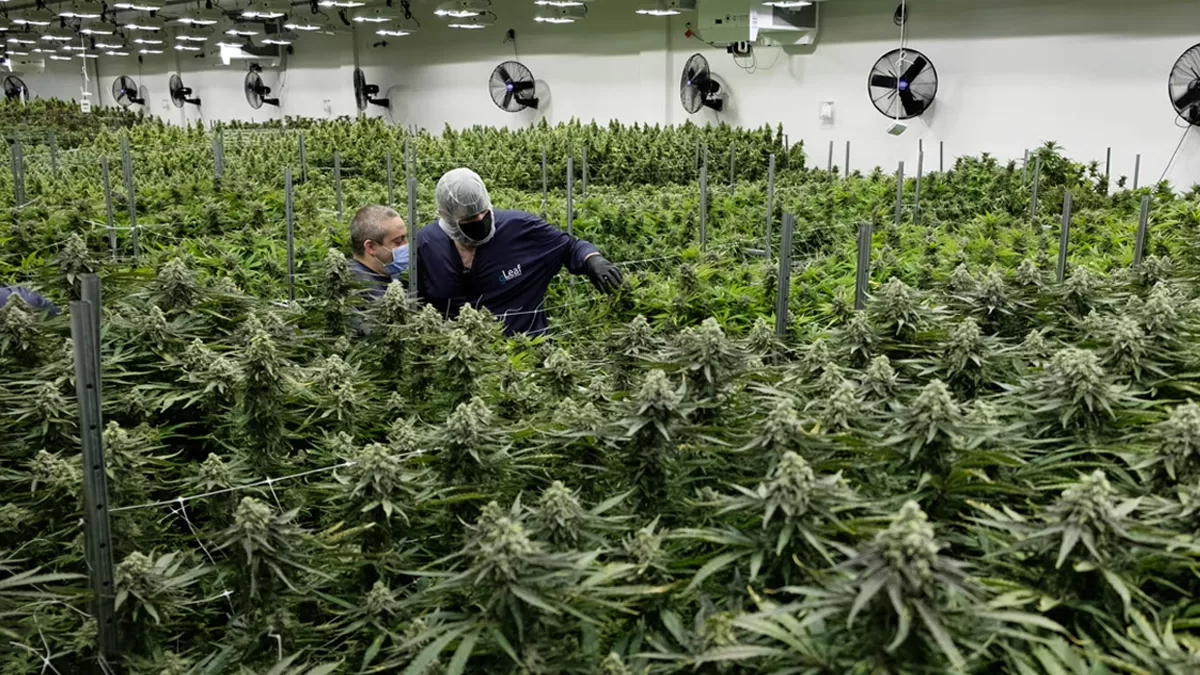Marijuana prohibition ban in the United States is a topic that delves deeply into the country’s history and involves a complex interplay of factors. Understanding why marijuana was banned requires examining its historical, social, political, and economic dimensions in more detail:
Early Stigmatization and Misinformation:
The early 20th century saw the emergence of marijuana as an unfamiliar substance to many Americans. This unfamiliarity, coupled with the use of terms like “marihuana” or “marihuana,” contributed to a general lack of awareness. Adding to this lack of awareness, there was a proliferation of misinformation about the plant. Many misconceptions were spread about the effects of marijuana, often portraying it as a dangerous substance.
Racial and Cultural Biases:
A deeply troubling aspect of the marijuana ban is the racial biases that played a significant role. The plant was associated with Mexican and African American communities, and this association was manipulated to generate negative perceptions. Politicians and media outlets stoked anti-marijuana sentiment by linking its use in these communities to violence and criminal behavior, further perpetuating negative stereotypes.
Political and Economic Interests
Some scholars argue that economic and political interests were at the core of marijuana prohibition. Notably, the emerging hemp industry posed a potential threat to established industries, particularly timber and paper.
Hemp, a versatile and sustainable plant related to marijuana, had the potential to serve as a more environmentally friendly alternative for paper production. The economic competition between hemp and established industries may have contributed to the decision to prohibit marijuana.
The Marihuana Tax Act of 1937 A pivotal moment in the history of marijuana prohibition was the passage of the Marihuana Tax Act in 1937. This act imposed a system of regulations and taxes on marijuana, effectively criminalizing its possession and sale. It created a convoluted and costly system of registration and taxation for anyone involved with the plant, further adding to its negative image.
“Reefer Madness” and Propaganda
The infamous propaganda film “Reefer Madness,” released in the 1930s, played a significant role in shaping public opinion about marijuana. The film portrayed marijuana users as violent and insane, creating a sensationalized image of the plant. This portrayal reinforced the negative perception of marijuana and contributed to the public’s apprehension.
Nixon’s War on Drugs
In the 1970s, President Richard Nixon’s administration escalated the War on Drugs. This included classifying marijuana as a Schedule I controlled substance, a legal category reserved for substances like heroin and cocaine. This classification, despite a comparatively lower potential for harm, placed marijuana on par with these highly addictive and dangerous drugs.
Changing Public Opinion and Medical Research
Public opinion on marijuana has shifted over time. Scientific research has shown its potential medical benefits and a lower risk profile compared to substances like alcohol and tobacco, both of which are legal. These changes in public perception have prompted many states to adopt more lenient marijuana policies, allowing its use for both medical and recreational purposes.
Despite these shifts, marijuana remains illegal at the federal level in the United States. Recent efforts have been made to decriminalize or reschedule marijuana under federal law, reflecting the ongoing debate and evolving perceptions surrounding this plant. The prohibition of marijuana is a multifaceted issue that continues to captivate public discourse, with ongoing changes in policies and perceptions.
